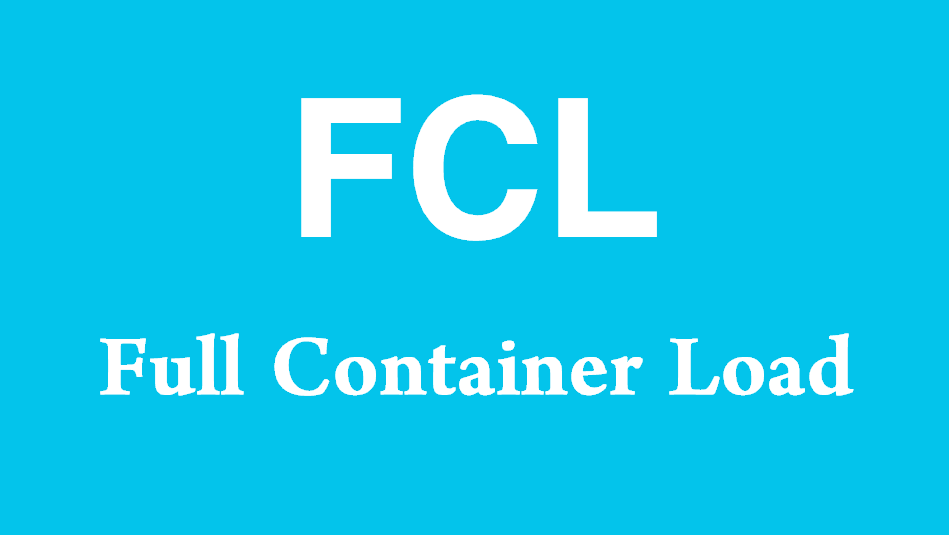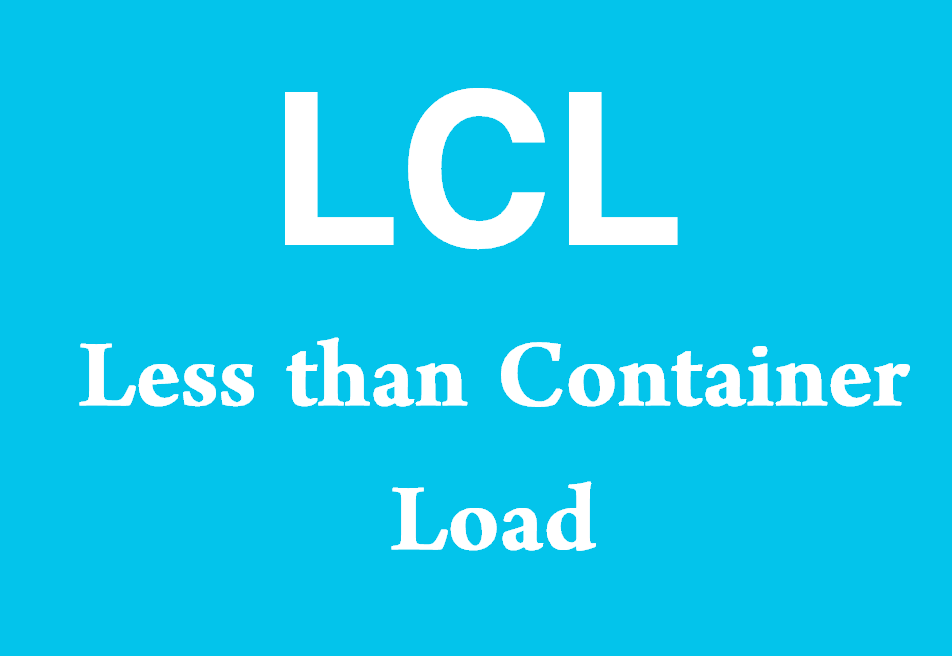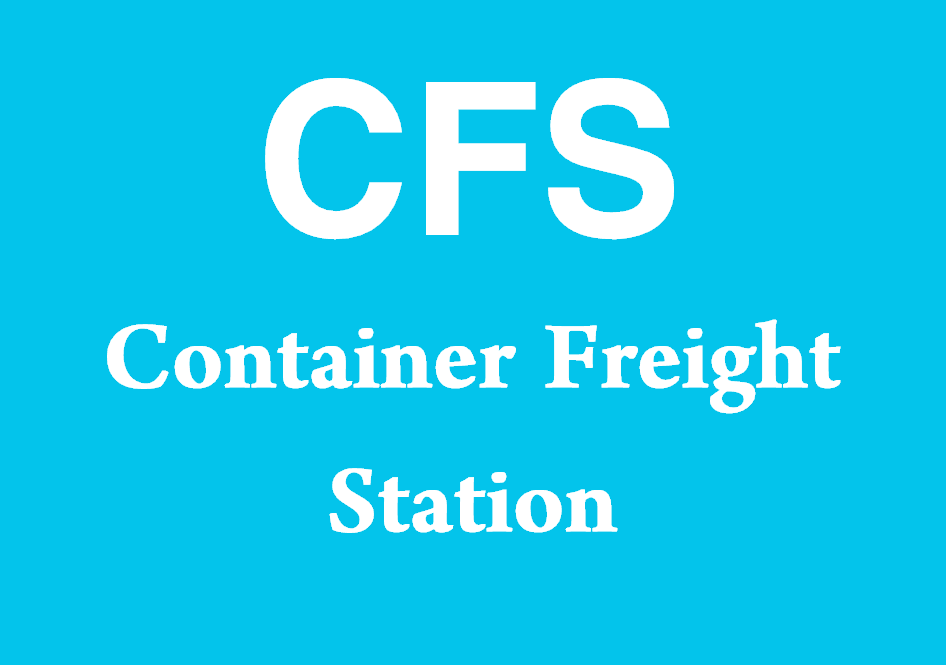What does FCL stand for?
FCL stands for Full Container Load. This term is commonly used in international shipping and logistics to refer to a container that is exclusively occupied by a single consignee’s goods. FCL shipments involve transporting goods in a dedicated container, which is not shared with other shippers’ cargo. Understanding FCL is crucial for businesses involved in global trade, as it impacts shipping costs, transit times, and the handling of goods.

Comprehensive Explanation of Full Container Load
Definition and Importance
What is Full Container Load (FCL)?
A Full Container Load (FCL) is a shipping term used to describe a mode of transport where a single container is filled with cargo from one shipper for one consignee. This type of shipment allows the container to be sealed and handled as a single unit from the origin to the destination, providing several logistical and economic advantages.
Key Features of FCL
- Exclusive Use: The entire container is used by a single shipper, ensuring that their goods are not mixed with those of others.
- Sealed Containers: Containers are sealed at the point of origin and remain sealed until they reach the final destination, enhancing security.
- Cost Efficiency: FCL can be more cost-effective for large shipments, as the cost per unit decreases when filling an entire container.
- Reduced Handling: FCL shipments typically involve less handling compared to Less than Container Load (LCL) shipments, reducing the risk of damage.
Types of Containers Used in FCL
Standard Containers
Standard containers, also known as dry containers, are the most common type used in FCL shipments. They come in various sizes, such as 20-foot and 40-foot containers, and are suitable for transporting a wide range of goods.
High Cube Containers
High cube containers are similar to standard containers but offer an additional foot of height, providing more space for cargo. They are ideal for bulky items that do not fit in standard containers.
Refrigerated Containers (Reefers)
Refrigerated containers, or reefers, are used for transporting perishable goods that require temperature control, such as food, pharmaceuticals, and flowers. These containers are equipped with refrigeration units to maintain a specific temperature range.
Open Top Containers
Open top containers have removable roofs, making them suitable for oversized cargo that cannot be loaded through the standard doors. They are commonly used for machinery, pipes, and heavy equipment.
Flat Rack Containers
Flat rack containers have collapsible sides and are used for oversized or awkwardly shaped cargo that does not fit in standard containers. They are often used for vehicles, boats, and industrial equipment.
Benefits of Full Container Load
Cost Savings
FCL shipments can be more cost-effective for large volumes of goods, as the cost per unit decreases when filling an entire container. This can result in significant savings compared to LCL shipments, where costs are based on the volume or weight of the cargo.
Enhanced Security
With FCL, the container is sealed at the origin and remains sealed until it reaches the final destination. This reduces the risk of theft, tampering, and damage, providing greater security for valuable or sensitive goods.
Faster Transit Times
FCL shipments typically involve fewer stops and handling compared to LCL shipments, leading to faster transit times. This is particularly beneficial for time-sensitive cargo that needs to reach its destination quickly.
Simplified Logistics
Managing FCL shipments is often simpler than handling multiple LCL shipments. With FCL, there is only one point of contact for the entire shipment, reducing the complexity of coordination and documentation.
Process of FCL Shipping
Booking and Planning
The FCL shipping process begins with booking a container through a shipping line or freight forwarder. Shippers need to plan the shipment, considering factors such as container size, type, and the nature of the cargo.
Loading the Container
Once the container is booked, the shipper loads the cargo into the container at their premises or a designated loading facility. It is crucial to load the container properly to maximize space and ensure the safety of the goods during transit.
Sealing and Documentation
After loading, the container is sealed with a tamper-evident seal. The shipper prepares the necessary documentation, including the bill of lading, packing list, and commercial invoice, which are required for customs clearance and shipping.
Transportation and Delivery
The sealed container is transported to the port of departure, where it is loaded onto a vessel for international shipping. Upon arrival at the destination port, the container is unloaded and transported to the consignee’s premises or a designated warehouse.
Comparison with Less than Container Load (LCL)
Definition of LCL
Less than Container Load (LCL) refers to a shipping method where multiple shippers’ goods are consolidated into a single container. Each shipper pays for the space their cargo occupies, making it a cost-effective option for smaller shipments.
Key Differences
- Cost: FCL is generally more cost-effective for large shipments, while LCL is suitable for smaller shipments.
- Handling: FCL involves less handling and fewer touchpoints, reducing the risk of damage. LCL requires consolidation and deconsolidation, increasing handling.
- Transit Time: FCL shipments often have faster transit times due to fewer stops and handling. LCL shipments may take longer due to the consolidation process.
- Security: FCL provides enhanced security with sealed containers. LCL cargo is more exposed to potential theft or damage due to multiple handling points.
Challenges and Considerations
Space Optimization
Properly loading and optimizing the space within an FCL container is crucial to maximize cost savings and ensure the safety of the cargo. Shippers must use effective packing techniques and equipment to make the most of the container space.
Documentation and Compliance
Accurate documentation is essential for FCL shipments to ensure smooth customs clearance and compliance with international shipping regulations. Shippers must prepare and verify all necessary paperwork, including bills of lading, commercial invoices, and packing lists.
Coordination and Timing
Coordinating the logistics of FCL shipments requires careful planning and timing. Shippers need to ensure that the cargo is ready for loading, the container is booked and available, and transportation arrangements are in place to avoid delays.
Best Practices for FCL Shipping
Proper Packing and Loading
Ensure that the cargo is packed securely and loaded properly to prevent shifting and damage during transit. Use appropriate packing materials and techniques, such as pallets, dunnage, and strapping, to stabilize the cargo.
Accurate Documentation
Prepare and verify all necessary shipping documents to ensure compliance with customs regulations and facilitate smooth clearance. This includes accurate descriptions of the cargo, correct HS codes, and detailed packing lists.
Choosing the Right Container
Select the appropriate container type and size based on the nature of the cargo and shipping requirements. Consider factors such as the dimensions, weight, and temperature sensitivity of the goods.
Partnering with Reliable Providers
Work with reputable shipping lines, freight forwarders, and logistics providers to ensure reliable and efficient transportation. Choose partners with experience in handling FCL shipments and a track record of timely delivery and excellent customer service.
Future Trends in FCL Shipping
Digitalization and Automation
The shipping industry is increasingly adopting digital technologies and automation to streamline processes and improve efficiency. Electronic documentation, real-time tracking, and automated customs clearance are becoming standard practices in FCL shipping.
Sustainable Shipping Practices
There is a growing focus on sustainability in the shipping industry, with efforts to reduce carbon emissions and environmental impact. FCL shipping is likely to see increased use of eco-friendly practices, such as optimizing routes, using energy-efficient vessels, and adopting green technologies.
Enhanced Security Measures
As security concerns continue to evolve, the shipping industry is implementing advanced security measures to protect cargo. This includes the use of smart containers with GPS tracking, electronic seals, and real-time monitoring to ensure the safety of goods during transit.
Notes to Importers
Understanding the Impact of Full Container Load
For importers, understanding the benefits and logistics of Full Container Load (FCL) shipping is crucial for optimizing supply chain operations. FCL offers cost savings, enhanced security, and faster transit times, making it an attractive option for large-volume shipments.
Key Considerations for Importers
Cost Management
Evaluate the cost-effectiveness of FCL shipping compared to other methods, such as LCL. Consider factors such as shipment size, frequency, and the total cost per unit to determine the most economical option.
Security and Risk Mitigation
Implement security measures to protect goods during transit. This includes using tamper-evident seals, choosing reputable shipping providers, and considering additional insurance coverage for high-value shipments.
Efficient Documentation
Ensure that all shipping documents are prepared accurately and in compliance with international regulations. This helps avoid delays, penalties, and potential customs issues.
Logistics Coordination
Coordinate closely with suppliers, freight forwarders, and logistics providers to ensure smooth and timely delivery. This includes planning for container availability, scheduling pickups, and managing transportation to the final destination.
Sample Sentences Using FCL
- “The company opted for FCL shipping to transport their large shipment of electronics securely and efficiently.”
- Meaning: The company chose Full Container Load shipping to move a significant volume of electronics safely and efficiently.
- “FCL offers better security and faster transit times compared to LCL, making it ideal for high-value goods.”
- Meaning: Full Container Load provides enhanced security and quicker delivery, suitable for valuable items.
- “By using FCL, the importer was able to reduce shipping costs per unit and ensure timely delivery.”
- Meaning: The importer saved money and ensured prompt delivery by choosing Full Container Load shipping.
- “Proper loading and sealing of the FCL container are crucial to prevent damage during transit.”
- Meaning: Correctly packing and sealing the Full Container Load is essential to avoid damage while shipping.
- “The freight forwarder recommended FCL for the shipment to minimize handling and reduce the risk of damage.”
- Meaning: The logistics provider suggested Full Container Load to limit handling and lower the chance of damage.
Other Meanings of FCL
| Acronym | Full Form | Description |
|---|---|---|
| FCL | Field Control Layer | Part of a control system architecture in automation and industrial processes. |
| FCL | Fiber Channel Link | A high-speed network technology used for data storage and transfer. |
| FCL | First-Class Lever | A type of lever in physics where the fulcrum is between the input force and output load. |
| FCL | Fault Containment Level | A concept in system design to limit the impact of faults to specific areas. |
| FCL | Financial Control Layer | An organizational layer responsible for managing financial operations and reporting. |
| FCL | Freezing Cold Layer | A term used in meteorology to describe a cold air layer that causes freezing temperatures. |
| FCL | Functional Command Line | A command line interface designed for functional programming languages. |
| FCL | Full Contact League | A sports league that emphasizes full-contact play, such as rugby or American football. |
| FCL | Film Classification List | A list used by film boards to classify movies based on content and suitability for audiences. |
| FCL | Flight Crew License | A certification allowing individuals to operate as part of an aircraft’s flight crew. |
| FCL | Fiber Composite Laminate | A material made from layers of fiber-reinforced composites used in construction and manufacturing. |
| FCL | Fuel Control Line | A component in an engine that manages the flow of fuel. |
| FCL | Forward Control Link | A control mechanism used in robotics and automated systems to manage forward movements. |
| FCL | French Cultural Language | Refers to the language and cultural nuances of French-speaking communities. |
| FCL | Frequency Calibration Loop | A system used to calibrate the frequency of electronic signals in communication devices. |
| FCL | Front Control Loader | A type of loader used in construction and material handling that is operated from the front. |
| FCL | Food Contact Layer | The surface layer of packaging materials that comes into direct contact with food products. |
| FCL | Full Cycle Logistics | A logistics approach that covers all stages of the supply chain, from production to delivery. |
| FCL | Fundamental Components Library | A collection of essential components used in software development. |
| FCL | Future Command Line | An advanced command line interface designed for future computing environments. |



